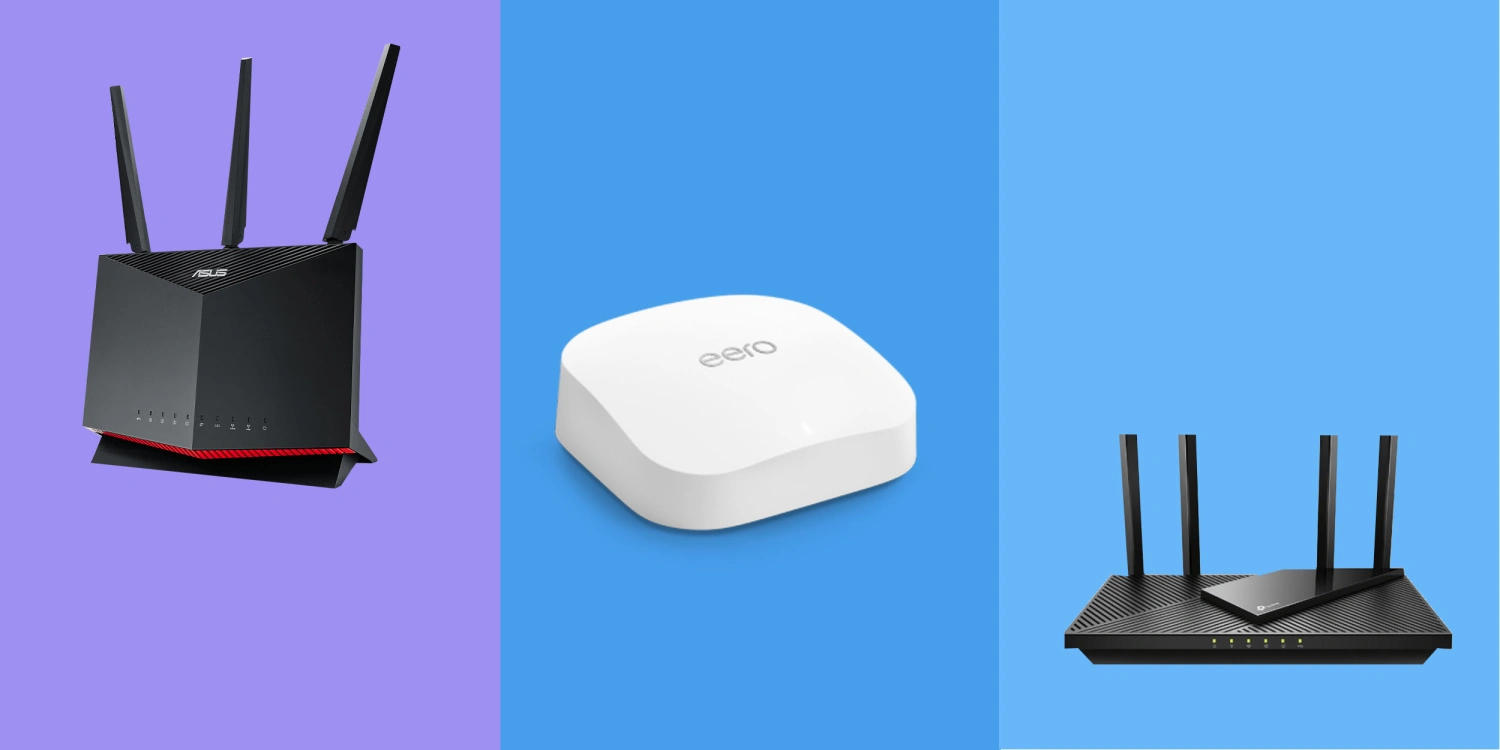
Master the Basics of Cryptocurrency
Introduction
Cryptocurrency has taken the world by storm, transforming the way we think about money and finance. With headlines about Bitcoin reaching new heights and blockchain technology disrupting traditional industries, it’s no wonder many people are eager to understand this fascinating world. In this guide, I’ll walk you through the basics of cryptocurrency, sharing insights from my own experiences in the field.
What is Cryptocurrency?
Definition
At its core, cryptocurrency is a form of digital or virtual currency that uses cryptography for security. Unlike traditional currencies issued by governments (like the US dollar or the euro), cryptocurrencies operate on decentralized networks based on blockchain technology.
Historical Context
Cryptocurrency’s story began with Bitcoin in 2009, created by an anonymous person (or group) known as Satoshi Nakamoto. Bitcoin introduced the concept of a decentralized, peer-to-peer digital currency that didn’t require a trusted third party, such as a bank. Since then, thousands of cryptocurrencies have been developed, each with unique features and uses.
Types of Cryptocurrencies
While Bitcoin is the most well-known cryptocurrency, many others have gained popularity. Here are a few examples:
- Ethereum (ETH): Known for its smart contract functionality, enabling decentralized applications (DApps) to run on its platform.
- Litecoin (LTC): Often referred to as the silver to Bitcoin’s gold, Litecoin offers faster transaction times.
- Ripple (XRP): Designed for real-time global payments, Ripple aims to facilitate cross-border transactions for financial institutions.
How Does Cryptocurrency Work?
Blockchain Technology
The backbone of cryptocurrency is blockchain technology. A blockchain is a distributed ledger that records all transactions across a network of computers. This ensures transparency and security, as each transaction is verified by multiple sources and cannot be easily altered once recorded.
Decentralization
One of the key features of cryptocurrencies is decentralization. Unlike traditional banking systems, which rely on a central authority, cryptocurrencies operate on decentralized networks. This means that no single entity has control over the entire network, reducing the risk of manipulation or fraud.
Mining and Consensus Mechanisms
Cryptocurrencies like Bitcoin are created through a process called mining. Miners use powerful computers to solve complex mathematical problems, validating transactions and adding them to the blockchain. In return, they receive newly created coins as a reward. Different cryptocurrencies use various consensus mechanisms, such as Proof of Work (PoW) or Proof of Stake (PoS), to maintain the integrity of their networks.
Getting Started with Cryptocurrency
Setting Up a Wallet
To begin your cryptocurrency journey, you’ll need a wallet to store your coins. There are several types of wallets, each with its pros and cons:
- Hardware Wallets: Physical devices that store your coins offline, offering high security. Examples include Ledger and Trezor.
- Software Wallets: Applications you can install on your computer or smartphone. They are convenient but less secure than hardware wallets.
- Paper Wallets: Physical pieces of paper with your private and public keys printed on them. They provide security but can be easily lost or damaged.
Choosing an Exchange
Once you have a wallet, you’ll need to choose a cryptocurrency exchange to buy and sell coins. Popular exchanges include Coinbase, Binance, and Kraken. When selecting an exchange, consider factors such as security, fees, and the range of supported cryptocurrencies.
Making Your First Purchase
Buying your first cryptocurrency can be exciting and intimidating. Here’s a simple step-by-step guide:
- Register: Sign up for an account on your chosen exchange and complete any necessary identity verification.
- Deposit Funds: Add funds to your account using a bank transfer, credit card, or another payment method.
- Buy Cryptocurrency: Choose the cryptocurrency you want to buy, enter the amount, and confirm the transaction.
- Transfer to Wallet: For added security, transfer your newly purchased coins from the exchange to your personal wallet.
The Benefits of Cryptocurrency
Financial Inclusion
Cryptocurrencies have the potential to provide financial services to the unbanked and underbanked populations around the world. With just a smartphone and internet connection, individuals can access banking services, transfer funds, and participate in the global economy.
Lower Transaction Fees
Traditional financial systems often involve high transaction fees, especially for cross-border payments. Cryptocurrencies can significantly reduce these costs, making it cheaper to send money internationally.
Speed and Accessibility
Cryptocurrency transactions can be processed quickly, often within minutes, compared to traditional bank transfers that can take days. This speed and accessibility make cryptocurrencies an attractive option for many people.
Risks and Challenges
Volatility
One of the most significant risks associated with cryptocurrencies is their price volatility. Prices can fluctuate wildly in a short period, making it a risky investment. For example, Bitcoin’s price has seen dramatic rises and falls over the years, sometimes within days.
Security Concerns
While blockchain technology is inherently secure, the platforms and wallets used to store and trade cryptocurrencies can be vulnerable to hacking. It’s crucial to follow best practices, such as using strong passwords, enabling two-factor authentication, and keeping your private keys secure.
Regulatory Environment
The regulatory landscape for cryptocurrencies is still evolving. Different countries have varying approaches to cryptocurrency regulation, ranging from outright bans to full acceptance. Staying informed about the regulatory environment in your jurisdiction is essential to avoid legal issues.
Practical Uses of Cryptocurrency
Payments and Transfers
Many businesses now accept cryptocurrencies as a form of payment. From online retailers to brick-and-mortar stores, the list of places where you can spend your crypto is growing. Additionally, cryptocurrencies are ideal for remittances, enabling quick and low-cost international transfers.
Investment Opportunities
Cryptocurrencies can offer significant investment opportunities, with the potential for high returns. However, it’s essential to understand the risks and do thorough research before investing. Diversifying your portfolio and only investing what you can afford to lose are prudent strategies.
Decentralized Applications (DApps)
Ethereum and other blockchain platforms support decentralized applications (DApps) that operate without a central authority. These applications can range from finance and gaming to social media and beyond, showcasing the versatility of blockchain technology.
Future of Cryptocurrency
Technological Advancements
The world of cryptocurrency is continually evolving, with new technologies and improvements emerging regularly. Developments such as the Lightning Network for faster Bitcoin transactions and Ethereum 2.0 for enhanced scalability are just a few examples of how the industry is progressing.
Mainstream Adoption
As cryptocurrencies become more widely accepted, we can expect to see increased integration into everyday life. From financial services to supply chain management, blockchain technology has the potential to revolutionize various industries.
Regulatory Outlook
The future regulatory landscape will play a significant role in shaping the cryptocurrency market. As governments and regulatory bodies develop clearer guidelines, the industry may see increased stability and investor confidence.
Conclusion
Cryptocurrency is a rapidly evolving field with the potential to reshape the future of finance and technology. By understanding the basics, you can begin to navigate this exciting world with confidence. Whether you’re looking to invest, use crypto for transactions, or simply stay informed, the knowledge you’ve gained from this guide will serve as a solid foundation.
Additional Resources
Glossary of Terms
- Blockchain: A distributed ledger that records all transactions across a network.
- Cryptography: The practice of securing information through mathematical algorithms.
- Wallet: A digital or physical tool used to store and manage cryptocurrencies.
Recommended Reading
- “Mastering Bitcoin” by Andreas M. Antonopoulos
- “Cryptoassets: The Innovative Investor’s Guide to Bitcoin and Beyond” by Chris Burniske and Jack Tatar
Helpful Tools
- CoinMarketCap: For tracking cryptocurrency prices and market data.
- Coinbase Wallet: A user-friendly wallet for storing and managing cryptocurrencies.
- Ledger: A hardware wallet for secure cryptocurrency storage.
FAQ Section
Common Questions
What is the best cryptocurrency to invest in? There is no one-size-fits-all answer. It depends on your risk tolerance, investment goals, and market research.
How do I keep my cryptocurrency safe? Use strong passwords, enable two-factor authentication, and store your coins in a secure wallet, preferably a hardware wallet for long-term storage.
Is cryptocurrency legal? The legality of cryptocurrency varies by country. It’s important to research the regulations in your jurisdiction before investing or using cryptocurrencies.
By exploring these aspects of cryptocurrency, you can gain a deeper understanding and make informed decisions in this dynamic and exciting field.







